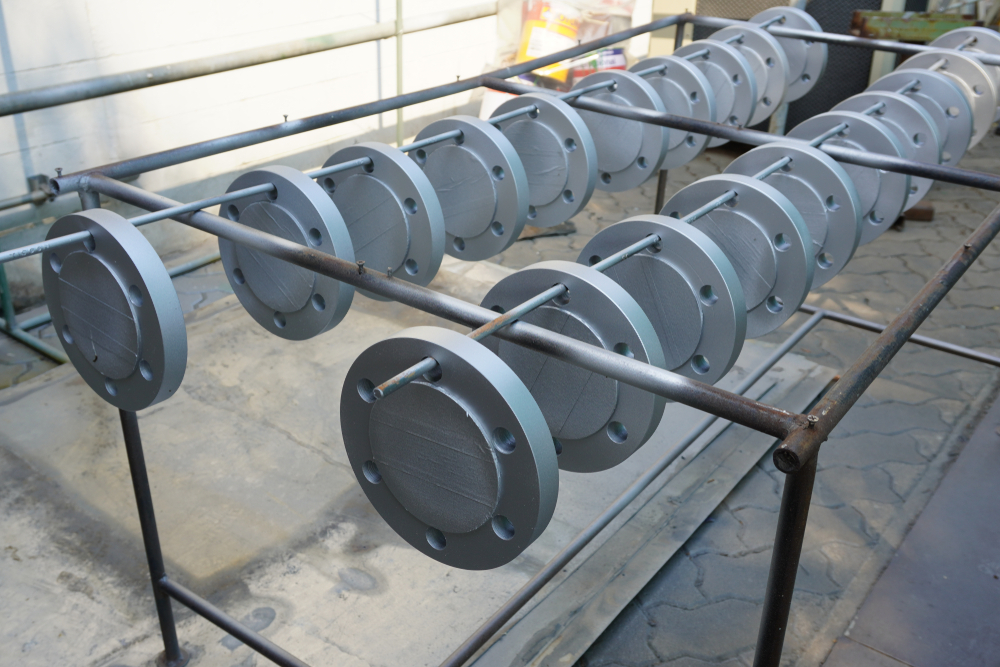Spectacle Blinds are a vital component of pipeline systems that must be isolated from the rest. They block or isolate a section of the pipe or equipment during maintenance or isolation time.
One part of an F51 Duplex Steel Spectacle Blind Flange is a solid disc that blocks the fluid flow when working, and the other is a ring that allows fluid to pass through when not in use. They can be easily adjusted by loosening the bolts around the flange and rotating the desired face into the space between pipes.
Basic Structure & Construction
Unlike other blind flanges with a hollow center, a spectacle flange has two metal discs attached to each other. One is solid, and the other has a hole in the middle to match the pipe's internal diameter.
This allows the Spectacle Blind Flange to be rotated into place between two pipe flanges, opening or closing the flow through the pipeline. This practice is a great way to separate piping systems that need to be regularly separated and to block the flow through a pipeline during maintenance or isolation time.
Spectacle Blind Flanges are commonly used in applications where the flow through the system is frequently stopped. During maintenance, the flange's open end can be rotated to block the fluid flow through the pipeline, making it safe for work to begin on downstream equipment or piping.
Designing
A spectacle blind flange is a specialized type of flange with two metal discs attached in the middle by a section of steel. It gets its name because it resembles a pair of eyeglasses or reading glasses.
These flanges are most commonly used on piping systems that need to be separated regularly or where the flow through the system is routinely shut off. During normal operation, the open end is installed as a spacer to allow fluid to pass through; however, during maintenance or isolation, the open end is made solid and rotated into place between the pipe flanges.
This design enables the flange to be changed without removing it from the piping. It also provides visual confirmation that the line is either open or closed.
Installation
Spectacle blinds are simple safety devices that are installed between two pipe flanges. One end is a spacer that allows the flow to continue, and the other is a blind that shuts off the pipeline when it's rotated to a closed position.
Spectacle blinds are an ideal solution for industrial piping systems that need to be quickly isolated during maintenance or other operations. They're also useful for ensuring that leaks don't occur during operation.
When installing spectacle blinds, it's important to use proper welding techniques to ensure that they form an airtight seal that prevents leakage during use. Additionally, it's a good idea to choose the right type of blind flange for your system's specific needs.
Maintenance
Without a blind flange, it would be difficult to maintain or repair a pipeline. The closest valve to a maintenance site could be miles away, and it would only be possible to stop the flow of fluids at the pipe or other equipment.
During normal operation, one end of the spectacle blind flange is a hollow disc to allow the flow through the pipe, and the other is solid to block or isolate the flow during maintenance.
When the maintenance on a pipeline is done, the Spectacle Blind Flange is rotated into place between two flanges to isolate the pipes and equipment in that area completely. It also helps prevent leakage from the piping system during the maintenance process. Changing the position of the spectacle blind requires loosening the surrounding bolts, rotating the plate, and replacing any gaskets that may have been installed during installation.





Comments